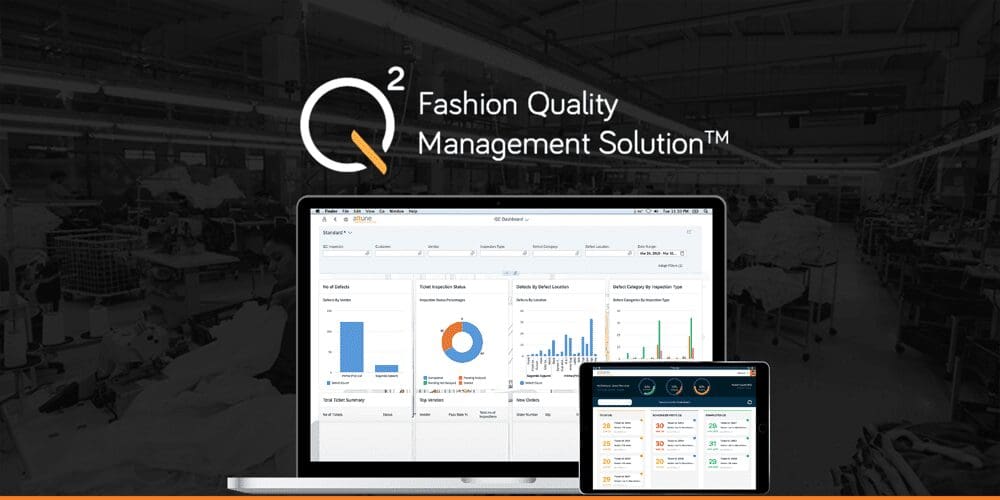Understanding the actual cost of poor quality
The actual cost of poor quality can be staggering. Brands and apparel manufacturers continue to grapple with quality issues due to human errors under extremely tight deadlines as well as the lack of right tools to help Quality Controllers (QCs) perform audits and systematically derive results.
With the right quality management system, fashion brands and manufacturers can ensure the maintenance of quality – improving processes, reducing waste, lowering costs and cultivating a more productive team by eliminating manual, repetitive tasks.
The challenge faced by MAS Direct
MAS Direct is a 50-million-dollar trading office based in Sri Lanka, working with over a dozen brands and contracting to over 15 vendors in Sri Lanka and Bangladesh. The company was facing similar challenges, arising from the use of traditional, manual quality control and audit processes.
The company had 10 QCs and wanted to change how quality inspections were conducted at factories. Audits were recorded manually without an IT systems’ involvement and the biggest challenge was the final report generation – which took around 2-3 days (or more) to complete. This is typically done amidst intense pressure from the customer and the factory to quicken the process in order to proceed with scheduled shipments. In addition to this, the senior management lacked visibility into quality related matrices of vendors as well as the performance of quality inspectors.
The solution: Digitizing the Quality Control Process
To address these challenges, we implemented Rizing’s Q² Fashion Quality Management Solution™ to provide their team of quality managers and quality inspectors with real-time visibility into quality control processes.
The application eliminated the problems associated with manual document and record keeping by optimizing the whole procedure. It not only ensures easy defect entry with the ability to add comments and capture images as visual evidence but also maintains a single record of the whole process for review and revisions; by digitizing quality audits through a native iPad mobile app which works online & offline, captures defects via the device camera and measurement values from hand-written text recognition. This improved productivity of Quality Inspectors, eliminated manual, cumbersome paper and spreadsheet-based methods, and improved record management.
Quality managers, through a web application (built on SAP Fiori), can view POs that are ready for inspection and assign tickets to QC inspectors.
Quality Inspectors can launch the iPad App to view tickets assigned to them and start the QC process. The native iPad app which works both online & offline, helps record defects with the assistance of the device camera, measurement values from hand-written text & allows speech to text recognition.
The solution has been a game changer for our quality control process. It eliminates the chaos of manual, time-consuming tasks by digitizing the process all the way from QC managers to inspectors. Our teams claim that the app is addictively easy to use and is saving them a significant amount of time and effort.
—
Rajitha Kamalchandra
CEO, MAS Direct
The solution eliminates the problems associated with manual documentation and record keeping by digitizing the process and maintains a single record of the audit for review and revisions.
Another key win for MAS Direct’s Quality Team is the instant report generation feature of the solution; a process which used to take additional time is now automated and the audit report is generated at the click of a button.
The solution is driving visibility and efficiency across the QC process at MAS Direct. Dashboard based reporting also provides the management with intelligence on vendors’ quality related performance data as well as Quality Inspectors’ capabilities; facilitating the continuous improvement of the operation.
Overall, meaningful data insights are derived to assist supply chain heads on the performance of vendors as well as quality inspectors.
Digital transformation in Supply Chain’s Quality Control
Traditional quality management processes underline inconsistencies in product quality; creating a domino effect throughout the supply chain. Which is why quality should not be relegated to the sidelines or viewed as an expense rather than an investment— buyers and retailers aren’t interested in garments that don’t meet their quality standards.
Now more than ever, supply chain disruptions are profoundly impacting the global fashion economy.

